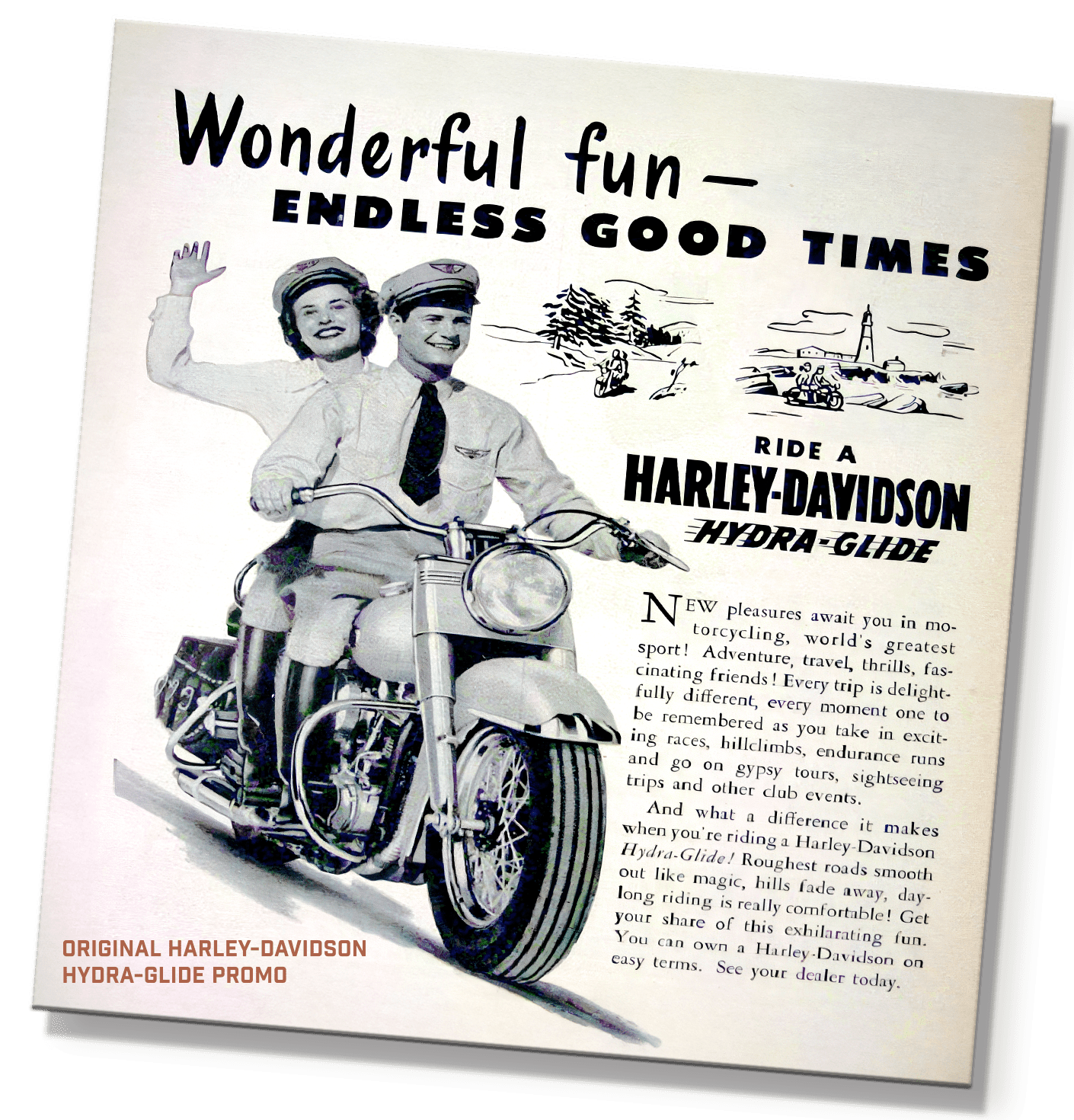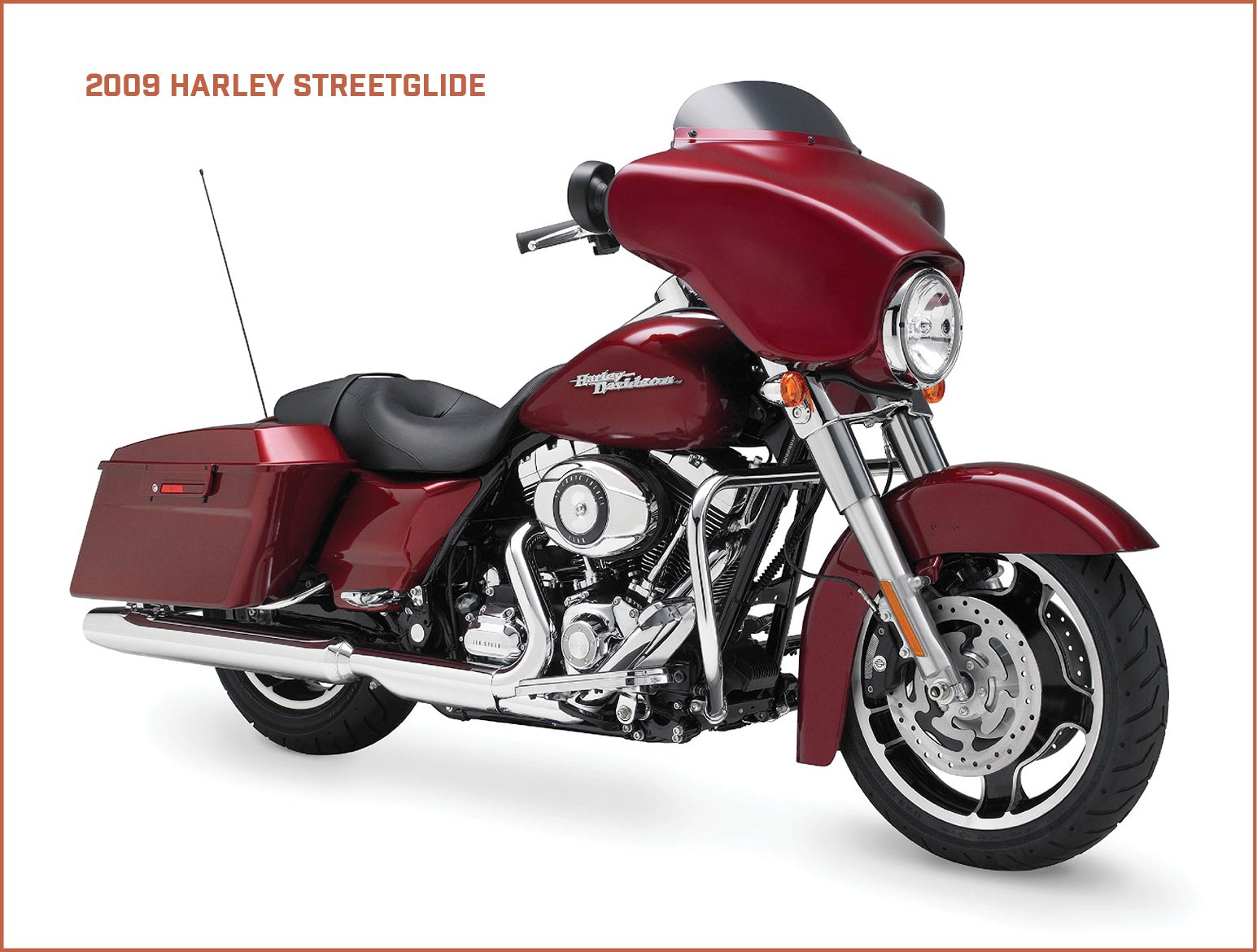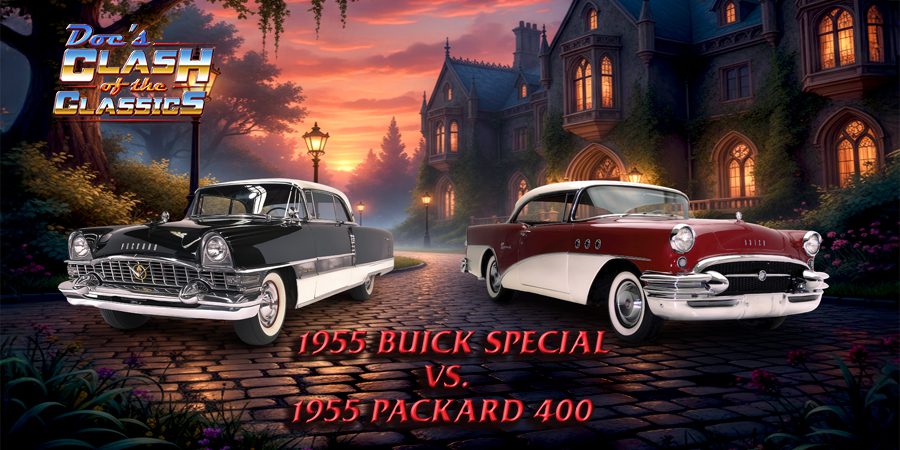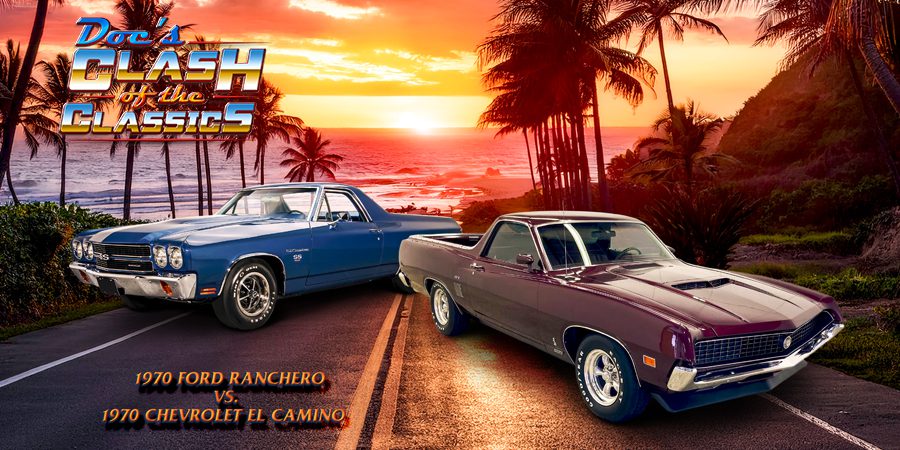Hello and welcome once again to Clash of the Classics. This month our journey begins at the dawn of the 20th century, when a couple of unlikely friends got together and crafted an idea that has since become iconic. The two friends are William Harley and Arthur Davidson, together they created a culture and a camaraderie unlike any other in the world.
According to some, the idea was birthed one evening when William and Arthur headed out to a Vaudeville show starring a well-known performer in those days named Anna Held. It was 1901 and she was headlining an act called “The Maiden with Dreamy Eyes”.
During the show, they witnessed Anna riding a three-wheeled tricycle powered by a single-cylinder engine, and all at once, the course of history would be changed forever.
 By 1903, there were already a few domestic manufacturers trying to develop a motorized bicycle, though most were merely backyard enterprises. Of those, only one would go on to become a mass-producer of motorcycles, they, of course, were Indian Motorcycles.
By 1903, there were already a few domestic manufacturers trying to develop a motorized bicycle, though most were merely backyard enterprises. Of those, only one would go on to become a mass-producer of motorcycles, they, of course, were Indian Motorcycles.
The first Harley-Davidson models were merely pedal bicycles equipped with a small single-cylinder engine that drove the rear wheel through a leather belt. The rider would pedal the bike up to speed to start the engine, at that point the motor would take over and effectively power the bike.
After much trial and error, perseverance, and dedication, a second, more powerful engine was developed. It was this version that scripted the early production models.
Fast-forward to 1909, the first 45-degree V-twin arrived and set the standard for every Harley-Davidson motorcycle produced up to this day. The early engines, however, were somewhat problematic. So much so, that the twin was removed from production in 1910 to address the malfunctioning vacuum-operated intake valves.
 In 1911, the engine was re-released with mechanical intake valves that solved the problem of the earlier design. From there, technology progressed at a pretty rapid rate.
In 1911, the engine was re-released with mechanical intake valves that solved the problem of the earlier design. From there, technology progressed at a pretty rapid rate.
In 1913, the slip-prone leather belt was replaced by a far more reliable chain, then in 1914, floorboards were added as was a Kickstarter. 1915 saw the addition of a primitive three-speed transmission and an electric-powered headlight.
Development continued throughout the 1920s and 1930s with the original F-head engine design dominating production models. Then in 1931, Harley began switching from the F head to the flathead (side valve) V-twins.
With speed becoming a priority for many prospective buyers, Harley introduced the all-new Knucklehead design in 1936. Called a Knucklehead due to the valve covers looking like a fist with two knuckles sticking out, it was a 61-cid V-twin with overhead valves that added roughly 20 cubic inches to earlier flathead designs.
Fast-forward again to 1948 and Harley releases yet another updated engine design, dubbed the Panhead. It came standard in the all-new WL series bike with two displacements available at the time, the 61 cid and the 74 cid. The engine design ran through 1965 with a host of improvements during those years, none more revolutionary than the 1965 FL Electra-Glide. For the first time since 1958, the FL was treated to something really new: an electric starter.
No longer did Harley owners have to endure manually kicking over the big 74 cid V-twin, which often had a nasty tendency to kick back. There were a few who shunned the idea of having an “electric leg” but it was a necessary step in molding the newly named Electra-Glide into a bonafide luxury tourer.
Moving into 1966, Harleys were becoming bigger and heavier. With increased weight came the unfortunate flipside of decreased performance. The Panhead which had served faithfully for so many years was no longer up to the task. A new engine design was moving into production, nicknamed “Shovelhead’ due to the rocker covers looking like the head of a shovel.
The engine had approximately 10 additional horsepower over the earlier panhead which solved the problem of insufficient power and torque. Unfortunately, the Shovelhead had many design problems that doomed it from the beginning. The cylinder barrels were prone to overheating due to a lack of cooling fins, oil would pool in the cylinder heads and leak down the valve guides causing smoke out the exhaust, and, to add insult to injury, production of the Shovelhead occurred during the darkest days of Harley-Davidson, otherwise known as the AMF years.
From about 1970 through early 1981, AMF corporation took over production and while AMF’s arrival did in fact save Harley-Davidson from complete demise, the AMF years were the bleakest in Harley-Davidson’s history. Somehow, having a sporting goods manufacturer producing the legendary classic American motorcycle seemed unfathomable for most Harley purists and enthusiasts.
Fortunately, in February 1981 a group of senior executives orchestrated the repurchase of the company and things began to get back on track. Harley-Davidson regained its independence and celebrated with the release of the FXB Sturgis. It gets its name from the week-long motorcycle event held each summer in Sturgis, South Dakota.
Mostly blacked out with touches of orange and chrome trim, it became instantly popular and sold well. Today, the Sturgis continues to be a favorite amongst collectors.
1984 was another landmark year for Harley. The problematic Shovelhead engine was discontinued giving way to the all-new Evolution engine. The Evo engine was not only powerful but also reliable and even today is held in high regard by most Harley fans. Standard equipment for the 1984 FXRT, it took touring to a new level. With redesigned engine mounts, strategic engine placement within the frame rails, and a 5-speed transmission, the new design resulted in a smoother, quieter ride.
 1990 was yet another memorable year for Harley-Davidson. Over the years they have produced numerous specialty machines but few have had the impact of the FLSTF Fat Boy. It became famous for being Arnold Schwarzenegger’s choice of motorcycle in the box office hit, Terminator 2.
1990 was yet another memorable year for Harley-Davidson. Over the years they have produced numerous specialty machines but few have had the impact of the FLSTF Fat Boy. It became famous for being Arnold Schwarzenegger’s choice of motorcycle in the box office hit, Terminator 2.
In one of the movie’s most famous scenes, Schwarzenegger rode the 1991 Harley Fat Boy down the LA River to help John Connor escape. The actual motorcycle, ridden by Schwarzenegger in the movie, was sold at auction in 2018 for $480,000.
While it is obvious Harley has had success with their specialty series bikes, arguably, it’s their touring models that truly define them as a motorcycle manufacturer.
In 1994, the FLHR Road King was introduced to wide public approval and enthusiasm. Like its sibling touring models, Road King has an instant classic look and great road manners. With detachable saddlebags, a detachable passenger seat, and a detachable windshield, it is a great blend of both commuter and touring models making it perfect for rides around town and long cross-country rides.
While we’re on the subject of great bikes for long cross-country trips, I’ve always been a fan of the Electra-Glide, it’s been an obvious fan favorite for many years, and rightly so. I got my first experience with one in 1993, I was in the market for a bike I could ride between Los Angeles and Las Vegas and I ultimately found myself test-riding a new Electra-Glide Classic. Needless to say, my appreciation for Harley did nothing but elevate after that experience. Many will argue that in those days, the Honda Goldwing was the standard by which all touring bikes should be measured. I tend to disagree, while I do appreciate the road-friendliness of the Goldwing, it is not worthy to be compared to the Electra-Glide.
The Electra-Glide got its start back in 1965 and even today, it continues to receive upgrades and improvements. In 1998 the FLHTCUI was the best-equipped Harley ever offered, touted as the ultimate touring rig, it was top-tier in terms of luxury and comfort.
 That being said, there are two Harley-Davidson models I’d like to close this month’s feature with, they are the Street Glide and the Road Glide. From the fairings back, they are essentially the same bike with some minor cosmetic variations. In terms of handling and overall road manners, these two bikes have become my all-time favorites.
That being said, there are two Harley-Davidson models I’d like to close this month’s feature with, they are the Street Glide and the Road Glide. From the fairings back, they are essentially the same bike with some minor cosmetic variations. In terms of handling and overall road manners, these two bikes have become my all-time favorites.
The 2009 Street Glide is a great-looking bike that blends touring and style brilliantly due to the bat-wing type fairing. Weighing in at just under 800 pounds, it’s surprisingly nimble and well-balanced. the 96 cid fuel-injected V-twin is more than capable of most rider’s needs.
The 2009 Road Glide is all business when it comes to long-distance rides. Sharing the same platform as the Street Glide, it too weighs in at approximately 800 pounds. The major difference is the larger frame-mounted fairing. Due to the shape of the front, the bike has a more sinister, shark-like appearance that I personally find very appealing. The black Road Glide you see pictured here is the bike I purchased several years ago, it has been customized with a “Screamin’ Eagle Conversion Kit” and several other chrome accents, most notably, the chromed Street Glide wheels.
 Both the Street Glide and the Road Glide models pictured here are 2009 models. New models are similar looking but have the all-new Milwaukee-Eight 117 V-twin engine that is pretty incredible. The new engine is rated at 105 hp with 130 lb-ft of torque while still managing almost 50 MPG. If that wasn’t impressive enough, it’s all supported by a superior ride control system that is well-developed.
Both the Street Glide and the Road Glide models pictured here are 2009 models. New models are similar looking but have the all-new Milwaukee-Eight 117 V-twin engine that is pretty incredible. The new engine is rated at 105 hp with 130 lb-ft of torque while still managing almost 50 MPG. If that wasn’t impressive enough, it’s all supported by a superior ride control system that is well-developed.
One of the unique aspects of Harley-Davidson culture is the sense of camaraderie among owners. There is a shared bond that somehow goes beyond ownership, it is a shared passion for the open road and the thrill of the ride. If you’ve never taken the time to learn how to ride, I encourage you to strongly consider it. I’m confident that you will find it to be one of the most exhilarating things you’ve ever experienced.
As I close, many of you will immediately notice this latest showcase was not in the traditional “model vs model’ that we typically present in our monthly features. One major reason was I don’t believe Harley-Davidson has a worthy competitor. While I understand and agree several other manufacturers currently produce motorcycles, for me, Harley-Davidson is sui generis, or simply put, in a class by themselves.
So, for today, I will simply ask, which Harley-Davidson model do you prefer and why?
Until next time when we take a ride on a classic highway, stay safe… stay timeless…stay classic!
About The Author
Donny Caccamise is an Automotive Technology Graduate and a Certified Master Technician with more than 40 years of automotive industry experience. Before retiring, he hosted the Nationally Syndicated Automotive Talk Radio Show “Horsepower for an Hour” airing on 161 AM and FM radio stations across the nation. He is a retired member of the ATRA Board of Directors, and retired transmission shop owner. Vintage and classic cars are his specialty. Contact Donny at donnycaccamise@gmail.com
















